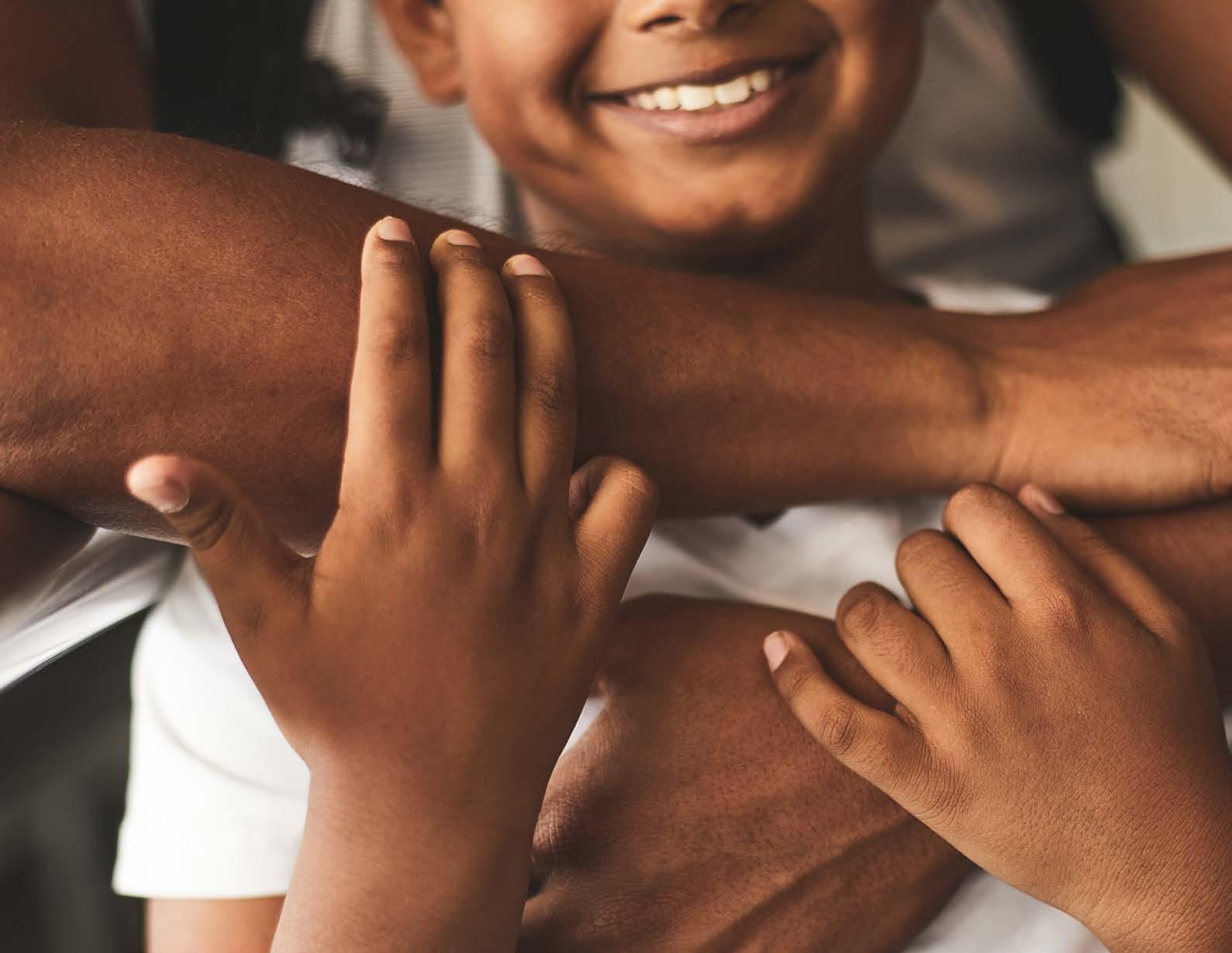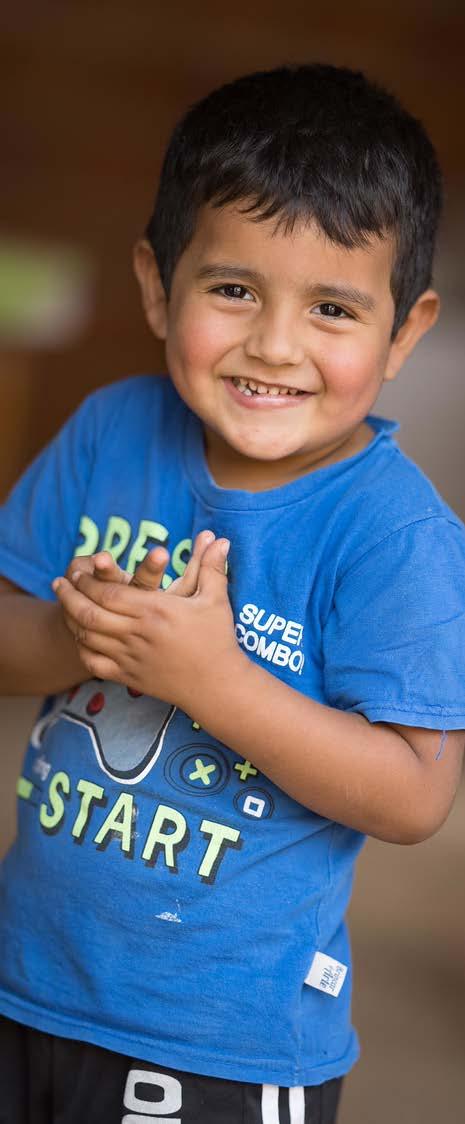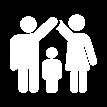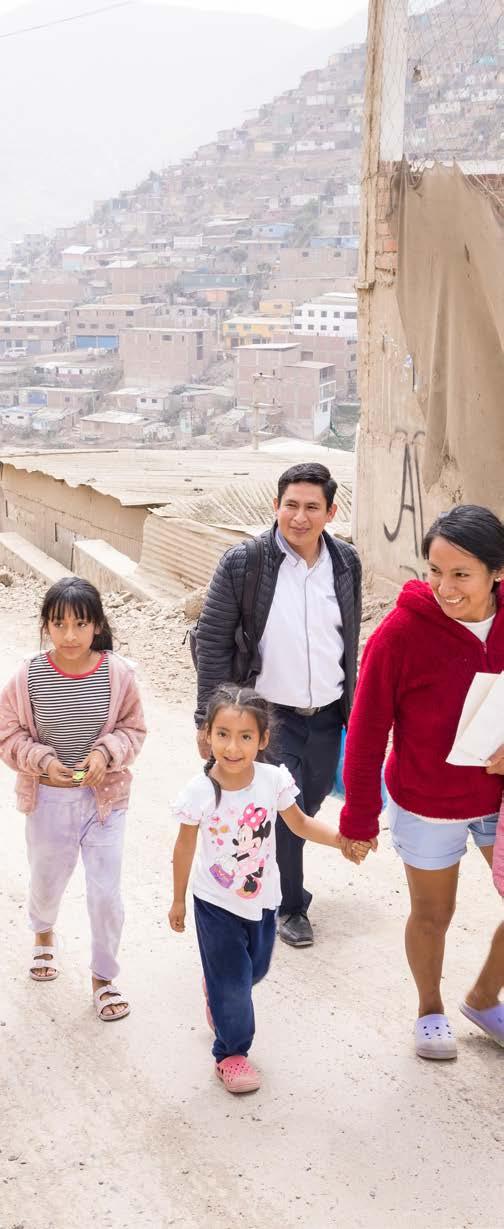
As we grow in our understanding of both the importance of family for all children and the essential points of transitioning to family care, we are better equipped to provide the kind of care that will best help children to thrive.


As we grow in our understanding of both the importance of family for all children and the essential points of transitioning to family care, we are better equipped to provide the kind of care that will best help children to thrive.
Children need families, yet millions live separated from safe, loving family care¹. Around the world, organizations caring for children in residential settings like orphanages and children’s homes are transitioning to family care to be part of the solution².
In the context of working with vulnerable children and families, the phrase care transition refers to the process of programs shifting from residential models (like orphanages and children’s homes) toward family models of care for children who are separated from their parents. It often includes many other transitions within an organization as well, such as changes in staff roles and responsibilities, facilities and physical assets, fundraising, and partnerships. However, for our purposes here, the term transition is primarily used to refer to the overarching process of moving toward family solutions for vulnerable children.

The goal of transition is not to close orphanages, but rather to strengthen families and communities to the point that large-scale residential care is no longer necessary and can be reshaped into other forms of family and community support.

“As someone who spent 10 years in an orphanage and always longed for the care of my family, I know that the transition from residential care to family-based care is so important for bringing harmony to families that prepare them for a tomorrow where they can thrive. And if you make families stronger, and help them to thrive, their communities get stronger too - and they too begin to thrive. Family-based care helps vulnerable children meet both their tangible and intangible needs in a family.”
No single organization can provide all types of care for every child. Instead, it’s better to focus on doing a few things well and partnering with others who offer complementary services. This collaborative approach creates a more comprehensive and efficient care system that can better meet the diverse needs of children and families.*

Learn more about effective partnerships from our Core Elements of Success course on Healthy Partnerships.
Someofthecareoptionsavailableforconsiderationmayinclude:

Supporting and strengthening families to prevent unnecessary separation is always the ideal. Family strengthening is any effort or intervention aimed at helping families stay together and thrive, including economic, psychosocial, physical, educational, or spiritual support. Many families will benefit most from a combination of these kinds of support. Most children and families will be best served by this type of care. Learn more about family strengthening in our Core Elements of Success course on Family Strengthening.

Once a child has been separated from their parents, the first goal should be reintegrating back with their biological family. Every reintegration requires a thorough assessment, preparation of the child and family, and monitoring and support to ensure the placement is safe, secure, and set up for success.

When it is not possible for a child to return to his or her parents, kinship care is the next best option. Kinship care is when a relative or person who is family-like (a friend, neighbor, church member, etc.) commits to caring for the child as their own.

When family reintegration and kinship care are not possible, adoption can be an excellent option. Adoption includes legal permanency and all the rights and inheritances afforded to biological children in the same family.








Awareness and Decision-Making
Engaging Others in the Process
Counting the (Literal) Cost
Community Mapping and Partnership
Charting a Course for Each Child
Supporting Families to Care for Their Children
Repurposing Resources
Measuring Our Impact




Each of these key components is covered in depth in CAFO’s Moving Toward Family Solutions course.

Every journey to family-based care begins with a growing awareness of a child’s fundamental need for family. Connecting with experienced leaders and key organizational decision-makers can help cultivate a shared commitment to family as you envision new ways of approaching care.

It is essential for programs preparing to transition their model of care to engage with all who will be affected by the change. This can include children, families, staff, donors, government officials, program partners, and community members. We can help them catch the vision of the significant shift being considered and bring them along on the journey toward family care.


Family care is often far more financially sustainable than residential care, but costs may initially increase while building capacity to support a new care model. Communicating well with existing donors goes a long way in securing funding for the new work ahead, and many organizations gain new donors who want to invest in the model of family-based care.

No single organization should aim to meet every need of the children and families they serve. We should focus on what we do best and work with others for the rest. By identifying existing services and building partnerships with other organizations that share our goals, we can collaborate to provide comprehensive care beyond what we can do alone.
Research has shown that programs that have taken the journey toward transitioning to family care have a positive view of the process.³
69% of organizations gained donors as a result of the transition process
100% of programs saw a decrease in the cost per child
Participants indicated that child well-being increased as a result of the transition

Programs were able to have a larger impact by engaging with entire families rather than individuals
Brave leaders around the world are seeing their role in helping children to be raised in secure, loving families, and they are bringing others along with them. It started with just a few residential programs recognizing the need for children to be in families and it has grown into a worldwide movement that you can be a part of.
No program needs to walk through the transition process alone. Leaders who have gone before you on this journey have been faithful to offer guidance in the form of resources and coaching. We want to make this process as simple as possible for you.
The CAFO Research Center has resources to support you on your transition journey:
of Care Course
Learn more about the family-based care options available for children.

Moving Toward Family Solutions
Join participants from around the globe to explore why children need families and how your program can safely move children into family care.

Transition Resource Guide
Explore resources supporting the transition from residential to familybased care.

Around the world, programs serving orphaned and vulnerable children are recognizing the need for children to be in families and are transitioning their residential care models to family care.
The first document in this series Transitioning to Family Care: Why, What, and How? addressed the key topic: Why Children Need Families. The next document dives deeper into the question of How Are Programs Transitioning to Family Care? Case studies demonstrate how programs have successfully transitioned their models of care from residential to family care, allowing leaders to envision what familybased solutions might look like for their program.

Join us on the journey of moving toward family-based solutions for vulnerable children… together.

Sign-up to receive our latest research, learning opportunities, and free resources to support the essential work of caring well for vulnerable children and families.
¹ Desmond, C., Watt, K., Saha, A., Huang, J., & Lu, C. (2020). Prevalence and number of children living in institutional care: global, regional, and country estimates. The Lancet Child & Adolescent Health, 4(5), 370-377.
²Wilke, N. G., & Howard, A. H. (2022). Innovations in care for children separated from parents: Transitioning from residential to family models of service. Children & Society, 36(1), 82-100.
³https://issuu.com/christianalliancefororphans/docs/innovations_in_care_infographic_2_?fr=xPf8nJyc and https://issuu.com/ christianalliancefororphans/docs/bringing_donors_along_infographic_final?fr=x

